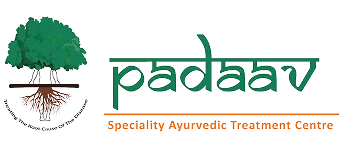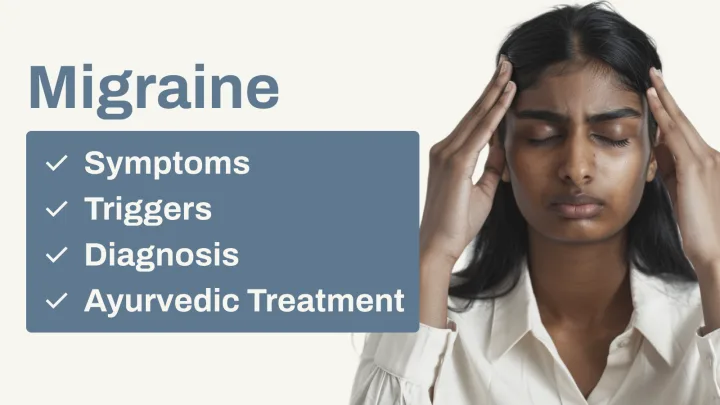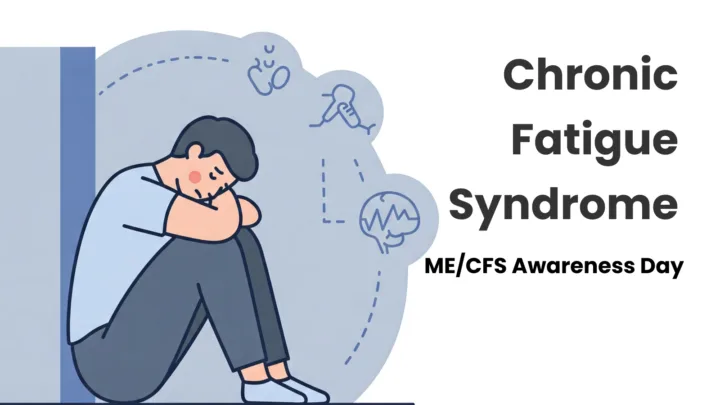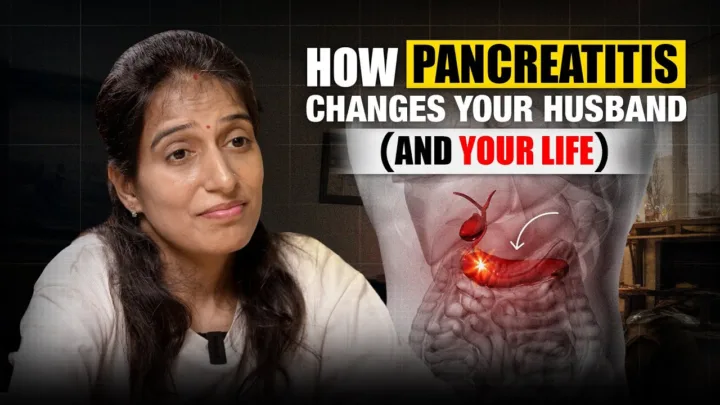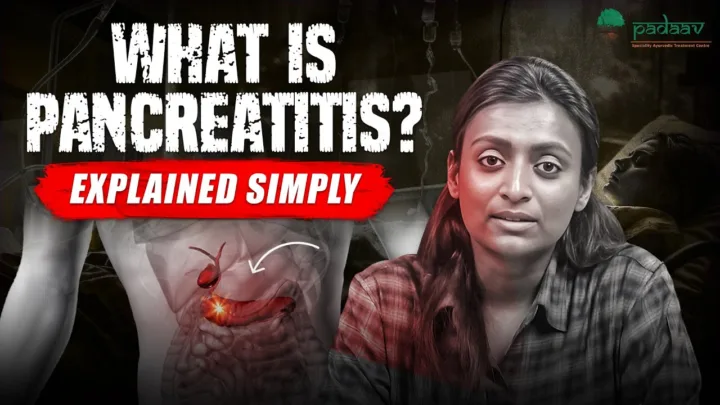For many, the Pancreas remains an unknown organ until the moment they are hit by the agonizing, uncontrollable pain of Pancreatitis. At Padaav Specialty Ayurveda Centre, we have observed a concerning, shifting demography of this disease, particularly across India.
The Pancreas: Your Digestive and Hormonal Powerhouse
The pancreas is a long, flat gland, about 6 inches in length, located deep behind the stomach. It performs two critical, distinct functions:
- Exocrine Function (Digestion): It produces digestive enzymes (Amylase, Lipase, Protease) that break down carbohydrates, fats, and proteins in the small intestine, converting food into vital nutrients.
- Endocrine Function (Hormonal Balance): Cells within the pancreas (Islets of Langerhans) produce hormones like Insulin, Glucagon, and Somatostatin, essential for maintaining blood sugar and overall hormonal balance.
What is Pancreatitis? The Mechanism of Pain
The term “itis” means inflammation, so Pancreatitis is the inflammation of the pancreas.
In this condition, the digestive enzymes, instead of flowing into the small intestine, are released within the pancreas itself. This starts a process called autodigestion, where the pancreas essentially begins to “eat itself.”
This intense inflammation and enzyme leakage can also damage surrounding tissues and organs, including the lungs and kidneys, often leading to severe pain and the accumulation of fluid in the abdomen.
The Mystery of the Agonizing Pain
Question: Why is the pain of Pancreatitis often described as the most severe pain known?
The pancreas is a retroperitoneal organ, meaning it sits behind the lining of the abdomen. The inflammation directly irritates the Celiac Plexus, a very dense and sensitive network of nerves located nearby.
When the pain signal reaches this plexus, it is intensely amplified. Patients often describe the pain as a “piercing” or “stabbing” sensation, like being shot or cut by a saw.
Vaidya Shikha Prakash shares: “I witnessed a patient from Kolkata years ago who was literally thrashing around on the bed, contorting his body, trying anything to find a moment of relief. In that state, there is often nothing but strong painkillers to offer immediate management.”
Causes and Risk Factors
While alcohol and gallstones are often cited as the most common causes (according to the TIGARO Classification), Vaidya Shikha Prakash’s practice reveals a changing picture, particularly in India:
- Idiopathic Pancreatitis: An increasing number of cases are idiopathic, meaning the underlying cause is not clear or easily identifiable.
- Lifestyle and Obesity: Modern urban lifestyles and rising rates of obesity and metabolic disorders among youth and children are emerging as significant risk factors.
- Hereditary (Genetic) Factors: Genetic mutations are increasingly recognized, especially in childhood Pancreatitis, requiring specific genetic panel testing.
- Smoking/Vaping: All forms of tobacco and smoking are strictly forbidden as they aggravate inflammation.
- Medication and Procedures: Certain drugs (like Azathioprine, or the recently discussed Ozempic) and procedures (like ERCP) are known to trigger Pancreatitis as a side effect.
The Diet and Lifestyle Connection
Even if a patient hasn’t consumed alcohol or doesn’t have gallstones, certain dietary factors severely stress the pancreas:
- Oily, Fried, and Fatty Foods: These foods force the already weakened pancreas to overwork and release large amounts of the fat-breaking enzyme, Lipase, which can trigger further inflammation or an attack.
- Spicy Foods: These can exacerbate existing gastric symptoms, which further irritate the pancreas.
Diagnosis: How Pancreatitis is Confirmed
Pancreatitis cannot be self-diagnosed; it requires confirmation by a specialist (Gastroenterologist or other qualified medical doctor) based on clear evidence.
- Blood Tests: The most crucial initial markers are Amylase and Lipase. If either enzyme level is three times or more than the normal limit during an attack, it is considered a confirmatory test. (In chronic cases, these levels may rise but not as sharply as in an acute attack).
- Imaging:
- Ultrasound: Often the first imaging test to check for swelling and stones.
- CT Scan: Provides a more detailed cross-sectional view.
- MRCP (Magnetic Resonance Cholangiopancreatography): A non-invasive MRI technique used solely for diagnosis. It provides detailed images of the pancreas, ducts, stones, and strictures.
- ERCP (Endoscopic Retrograde Cholangiopancreatography): An invasive endoscopic procedure used for both diagnosis and therapy (e.g., removing stones or placing/changing stents). ERCP, however, carries the risk of triggering an attack itself.
The Padaav Ayurveda Treatment Protocol
At Padaav, treatment begins only after the case is well-documented and clearly diagnosed with supporting reports (blood tests, scans, etc.). Our 21-day inpatient protocol is structured around the three pillars of Ayurvedic treatment: Aahar (Diet), Vihar (Lifestyle), and Aushadh (Medicine).
Patients undergo continuous monitoring and follow a detailed structured plan that continues for a full year after discharge, ensuring complete adherence to the necessary dietary and lifestyle changes—which are always the most important part of long-term healing.
